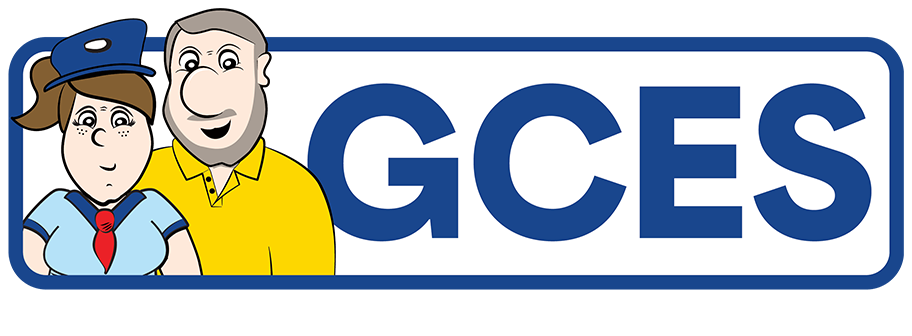By Galen D. Bargerstock, Founder of Government & Civil Employee Services
Working as a financial professional dedicated to serving Federal Employees (Feds), I most often talk about the Thrift Savings Plan (TSP) when sitting down to plan a client’s retirement. This is understandable since the TSP makes up about a third of a Feds retirement fund, or more, depending on how much they have put away for retirement and how long they have been employed. Feds, regardless of their employing agency (USPS, Social Security, Active-Duty Military, Veteran’s Administration, etc.), are all able to invest in their retirement through the TSP. Simply put, it is where all Feds have to save money for retirement and is similar to a 401(k) that is offered through corporate employers across the US. You can visit the TSP at www.TSP.gov
The TSP is the largest 401(k) type of plan in the world with over 4.8 million participants, and about $458 billion in assets under management as of December 31, 2015. As with all of the benefits offered to Feds, the TSP is completely self-service and there are advantages and disadvantages to it. Over the years of advising Feds on their retirement, I have consistently come across the same mistakes time and time again. All of these mistakes take place at the same time in a Feds career as well. That is why we always recommend sitting down with a financial professional that understands the ins and outs of a Feds retirement and benefits packages. There are three very important times or ages that a Fed needs to make sure they make the right decisions, with the help of a knowledgeable financial professional. The three top times that one needs to be aware of are when a Fed is first hired into Federal Employment, when they reach 59.5 years of age, and at retirement.
NEW HIRE
You just started as a Federal Employee, excitement is in the air! Employment as a Federal Employee offers many opportunities for growth, and you have the pride of working for the best country in the world! When a Fed is hired there is a process of paperwork that is sometimes hard to understand, and is only matched in difficulty to the paperwork required when you retire. When you start working there are a few important decisions that you need to make. How much can you afford to save monthly? Can you save the full percentage that is being matched? Depending on your current financial situation, it is always highly advisable to save as much as possible, but there are limits to how much you can save annually. Everyone gets 5% matched, so 5% is the typical number that everyone saves to ensure they get all the free retirement money that they can. Anyone hired since 2012 also has the option to decide if they want to put their money into a ROTH or a Traditional TSP account, which is similar to a Traditional IRA. If you are lacking a background in finance, this is where you should seek the help of a financial professional, and a tax professional to help you make these hard decisions. If you set up the TSP correctly upon new hire, and select the appropriate funds based on your risk tolerance, you should be able to concentrate on working and watching your money grow as you get closer to retirement.
59.5
You are officially past the age that the IRS does not want you to touch your retirement money. When you turn 59.5 years old you no longer have to pay a 10% penalty on any funds that you withdraw from your TSP! At this age you can decide what to do with the money you have worked so hard to save. Of course, this should also be with the assistance of a financial professional who understands your retirement, and that you feel comfortable working with. There are options available inside the TSP, and there are many available options outside of the TSP. Just be sure that you are protecting your funds because at this point you should not be in risky funds, and indexed annuities can offer protection of your principal, lifetime income, and a guaranteed return. There are so many options available to Feds, but there are so many bad decisions that can be made. This is why it is imperative that you seek the help of a financial professional so that they can get to know your personal finances, and offer appropriate recommendations to you. Remember, although Feds receive great benefits and have a solid retirement package, HR departments are not financial professionals. If you are in need of assistance with making these hard decisions as you prepare for retirement, you can always reach Government & Civil Employee Services (GCES) at www.GCES.us to receive guidance on all things Fed Retirement. At GCES we often recommend transferring the money into a protected account, outside of the TSP, at the earliest age possible, allowing it to grow in the new account for a few years before retirement.
RETIREMENT
Congratulations! Retirement is what we are all working towards isn’t it? If you did not already transfer your money out of the TSP when you were 59.5, now is the time to do so. Once again, you guessed it, call that financial professional. They can help you decide how to structure your retirement, and help you take a look at the options available to you. There are many things to consider at this time, depending on your health conditions and the health of your family, this is the time to really look at how the rest of your life is going to play out. Do you need to make sure that you never out live your funds, because you are in great health and have a lower TSP balance? Or, do you have a high TSP balance, that even with regular withdrawals, you will never outlive? Depending on your age at retirement, and your needs for income, you may not even need to touch your money at all. However, at the age of 70.5, the IRS will require that you take payments, also called required minimum distributions (RMD) from your TSP based off of your TSP balance and your life expectancy. This IRS law does not just apply to the TSP, it is a tax regulation that is applied to every retirement savings account on the market.
The TSP is a great tool for saving for retirement, and it has many qualities that cannot be found in other 401(k)’s, like low management fees, and professionally managed accounts. However, if you only remember one thing from this article, it is to seek the help of a financial professional who can help you understand all the options available to you. You are only going to retire once, and you should not do it alone.









